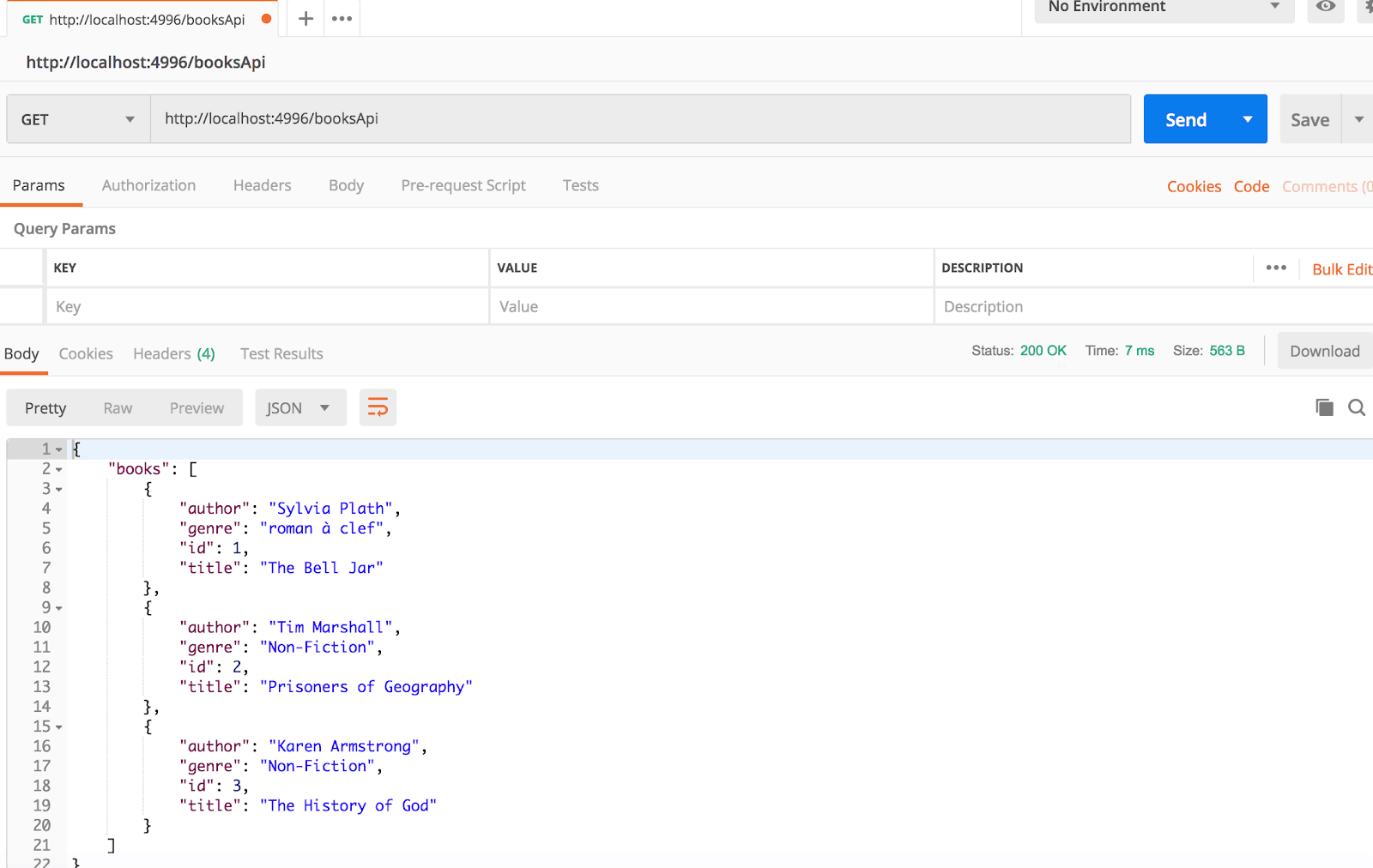
- Flask app builder multi select how to#
- Flask app builder multi select code#
You can pick any name other than Jackson. (You may want to split the stylesheet and layout.html file). We then create layout.html which defines the look of the page. "The limits of my language are the limits of my mind. We have changed the default port to 80, the default HTTP port: from flask import Flask, flash, redirect, render_template, request, session, abortĭo you want some better looking template? We modify the file: & #123 % extends "layout.html" %} The Python Flask app with have a new URL route. We make the directory called /templates/ and create the template:
Flask app builder multi select code#
We will separate code and User Interface using a technique called Templates. Python Flask: Make Web Apps with Python Style Flask Pages Restart the application using: $ python hello.py We will now create some URL routes: /helloĬopy the code below and save it as app.py from flask import Flask URL Routing makes URLs in your Web app easy to remember. Open in your webbrowser, and “Hello World!” should appear.
support for secure cookies (client side sessions)Ĭreate a file called hello.py from flask import Flaskįinally run the web app using this command: $ python hello.py. built in development server and debugger. We’ll use a micro-framework called Flask. Flask app builder multi select how to#
Happy coding and see you in the next tutorial.In this tutorial you’ll learn how to build a web app with Python.
Learn Python by Building a Multi-user Group Chat GUI Application. Program Your First Multiple User Network Game in Python. Learn Python by Building a GUI Guessing Game with Tkinter. Build a Note-Taking App with MySQL Backend in Python. Program a Networked Tic-Tac-Toe Game in Python. Interested in more Python programming? Check out my other Python tutorials. I hope you have learn something interesting that you can apply to your projects. You can freely get the complete project source code on my github. We'll create a frontend web app that "consumes" the API we've created in this tutorial - you surely don't want to miss the next tutorial. So, we have covered the first half of a full-stack application i.e. We have covered very important concepts and principles for implementing RESTful API by implementing a User management application. In this tutorial, you've learned how to create RESTful API using Python Flask and SQLite. api_get_users which uses the database function get_user to return the list of users in our database. The root (or endpoint) specifies an api function i.e. The default method is GET so it is also fine to leave out the method parameter. We define the root as ‘/api/users’ and set the method to GET. Let's take the first endpoint an an example. In order to create an endpoint, we first define the route. Next we create the Flask app and configure the app to allows access to our endpoints from any ip-address using CORS. For this reason, we convert Python dictionary to JSON using the jsonify package. The API endpoints receive JSON objects as request and also return JSON objects. The code snippet above implements our API endpoints. def insert_user(user): inserted_user = ) methods=) def api_get_users(): return jsonify( get_users()) methods=) def api_get_user(user_id): return jsonify( get_user_by_id(user_id)) methods = ) def api_add_user(): user = request.get_json() return jsonify( insert_user(user)) methods = ) def api_update_user(): user = request.get_json() return jsonify( update_user(user)) methods = ) def api_delete_user(user_id): return jsonify( delete_user(user_id)) if _name_ = "_main_": #app.debug = True #app.run(debug=True) app.run() #run app Next, let's see the implementations of our business logics. The "changes" to the db is saved when the commit function is executed. The user table contains several fields including user_id (a unique identifier), name and email. The create_db_table function connects to the database and creates table. 
This object will be required to perform other database operations - CRUD. This function creates the database if it doesn't exist and returns a connection object. First we define a function that connects to db i.e. The implementation is pretty straightforward.

The code snippet above implements the User database. #!/usr/bin/python import sqlite3 def connect_to_db(): conn = nnect('database.db') return conn def create_db_table(): try: conn = connect_to_db() conn.execute(''' CREATE TABLE users ( user_id INTEGER PRIMARY KEY NOT NULL, name TEXT NOT NULL, email TEXT NOT NULL, phone TEXT NOT NULL, address TEXT NOT NULL, country TEXT NOT NULL ) ''') mit() print("User table created successfully") except: print("User table creation failed - Maybe table") finally: conn.close() Then, write functions for each of our business logic. Basically, we need to create our database and table.

First, we'll focus on database implementation, then we'll focus on the REST API implementation. Now that we have the basic setups out of the way, let's take a look at the source codes.







 0 kommentar(er)
0 kommentar(er)
